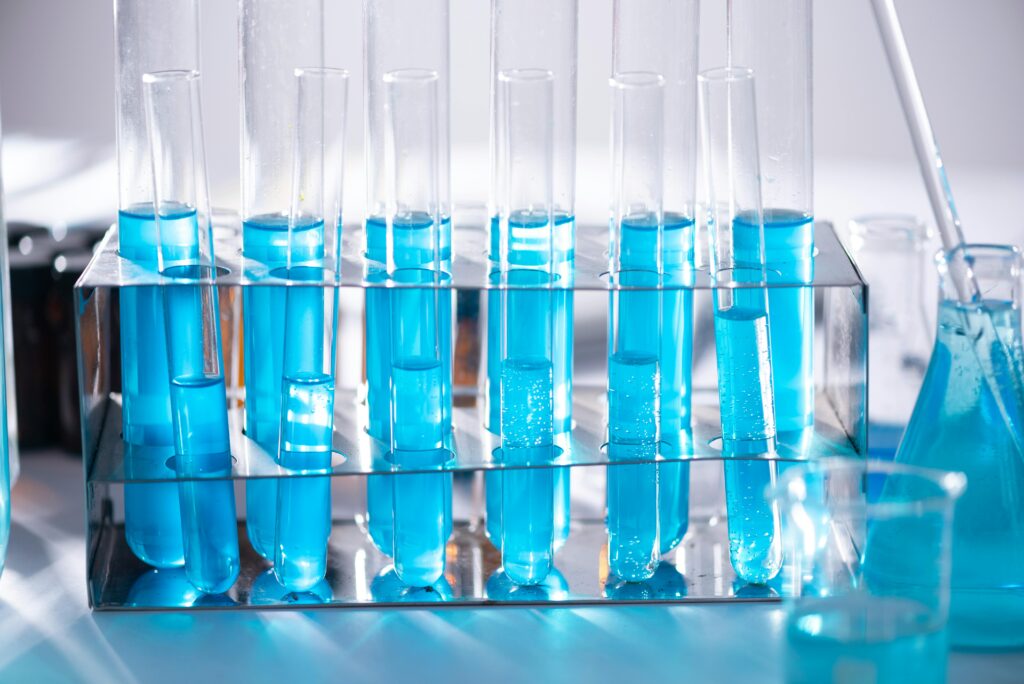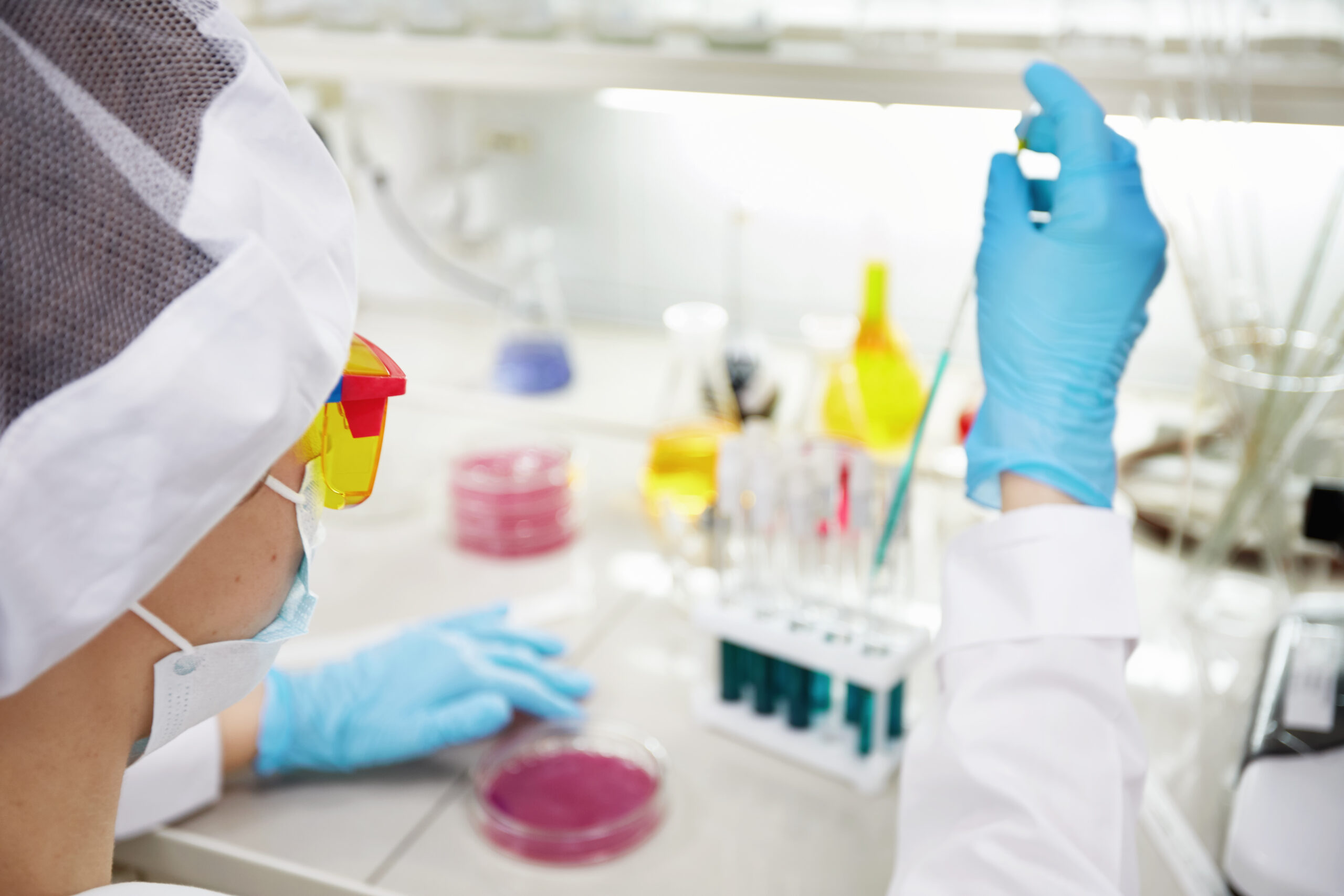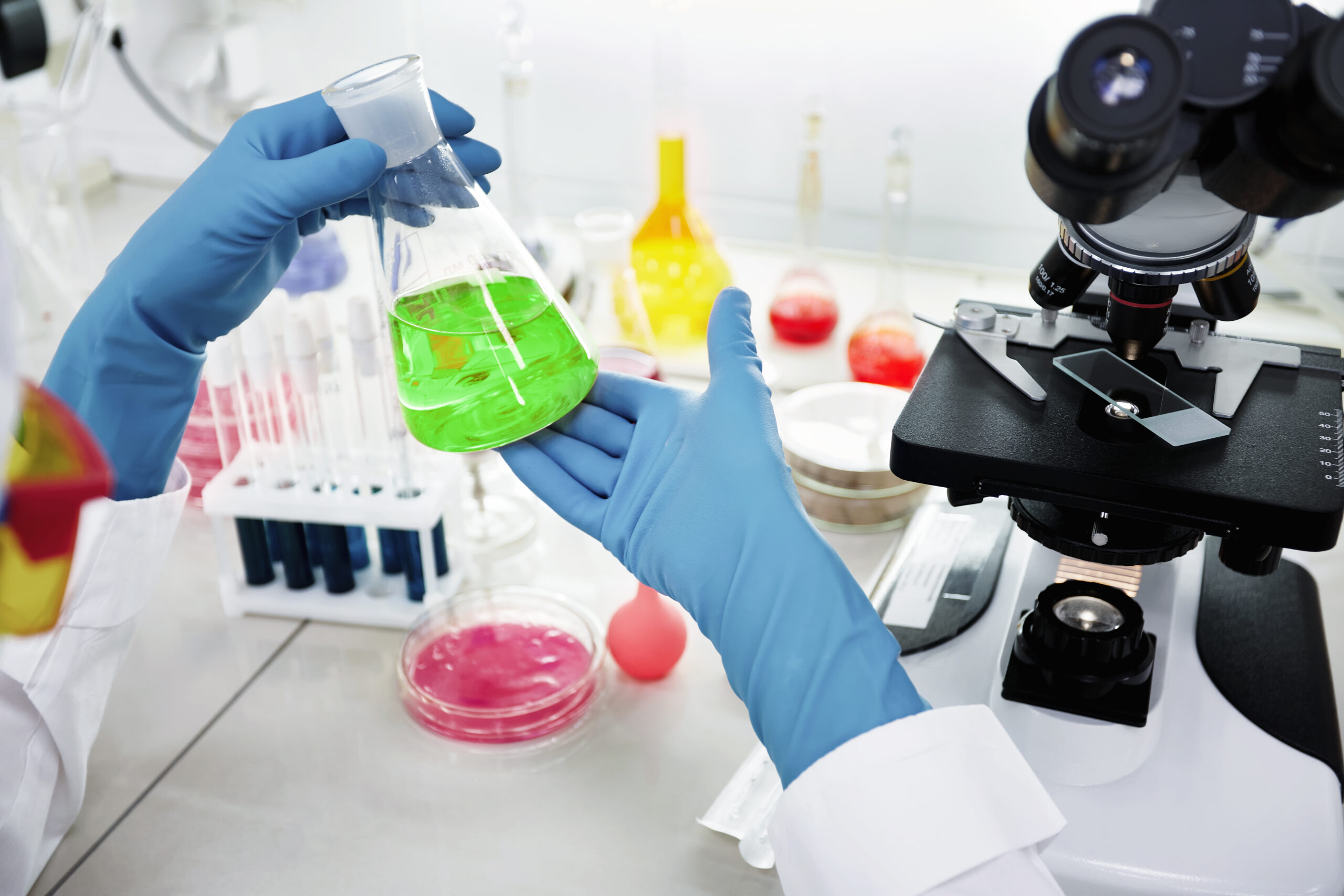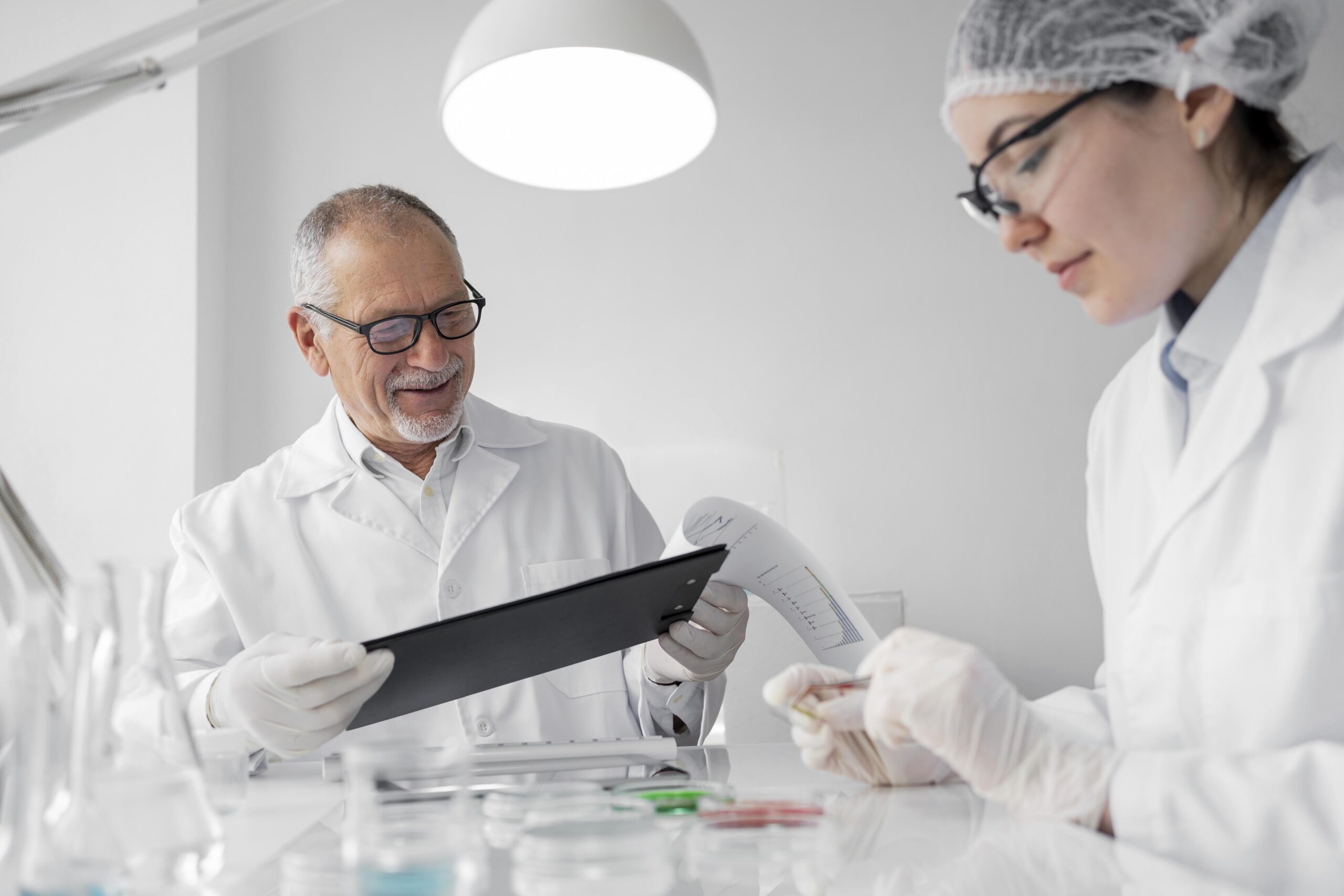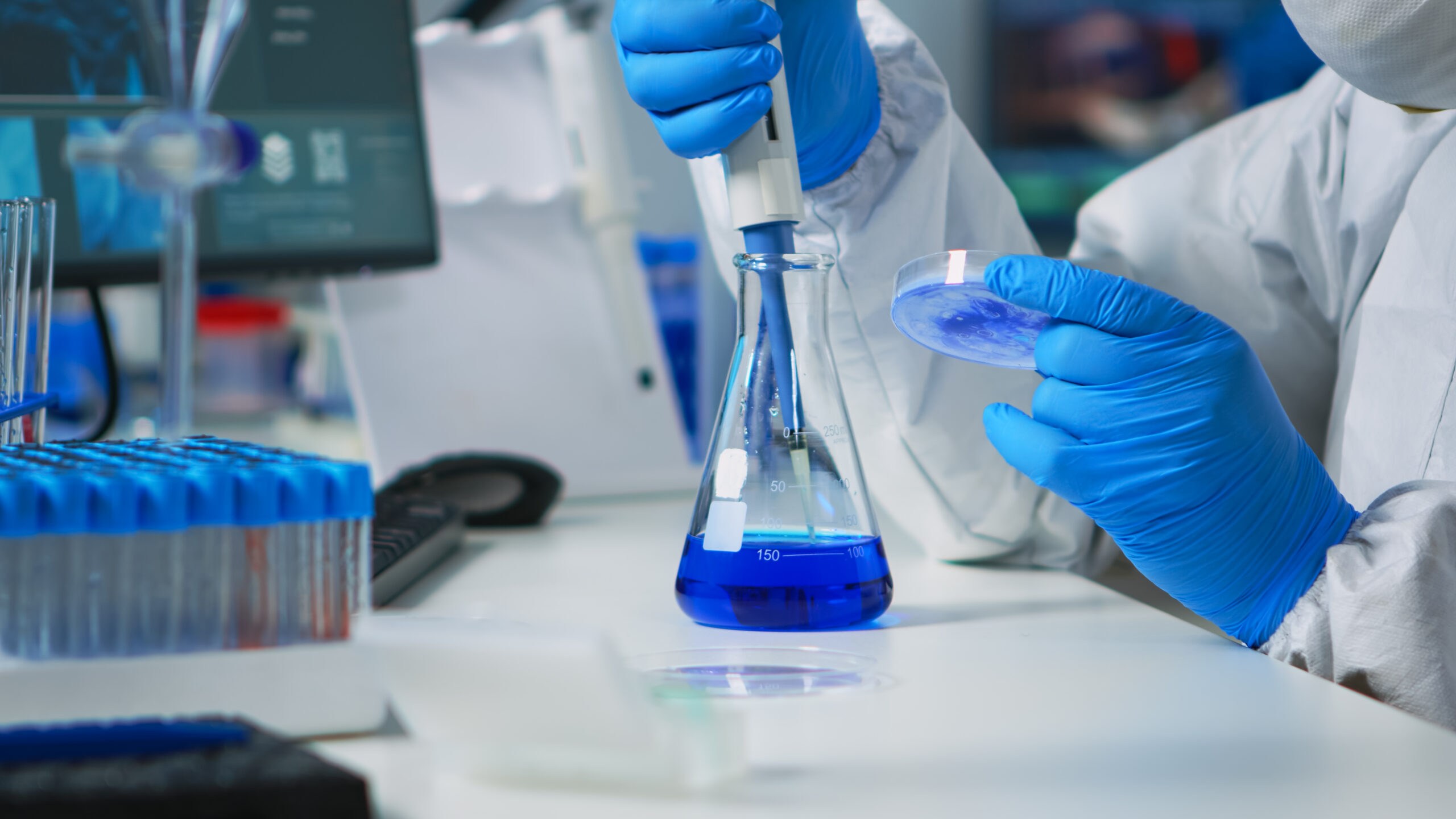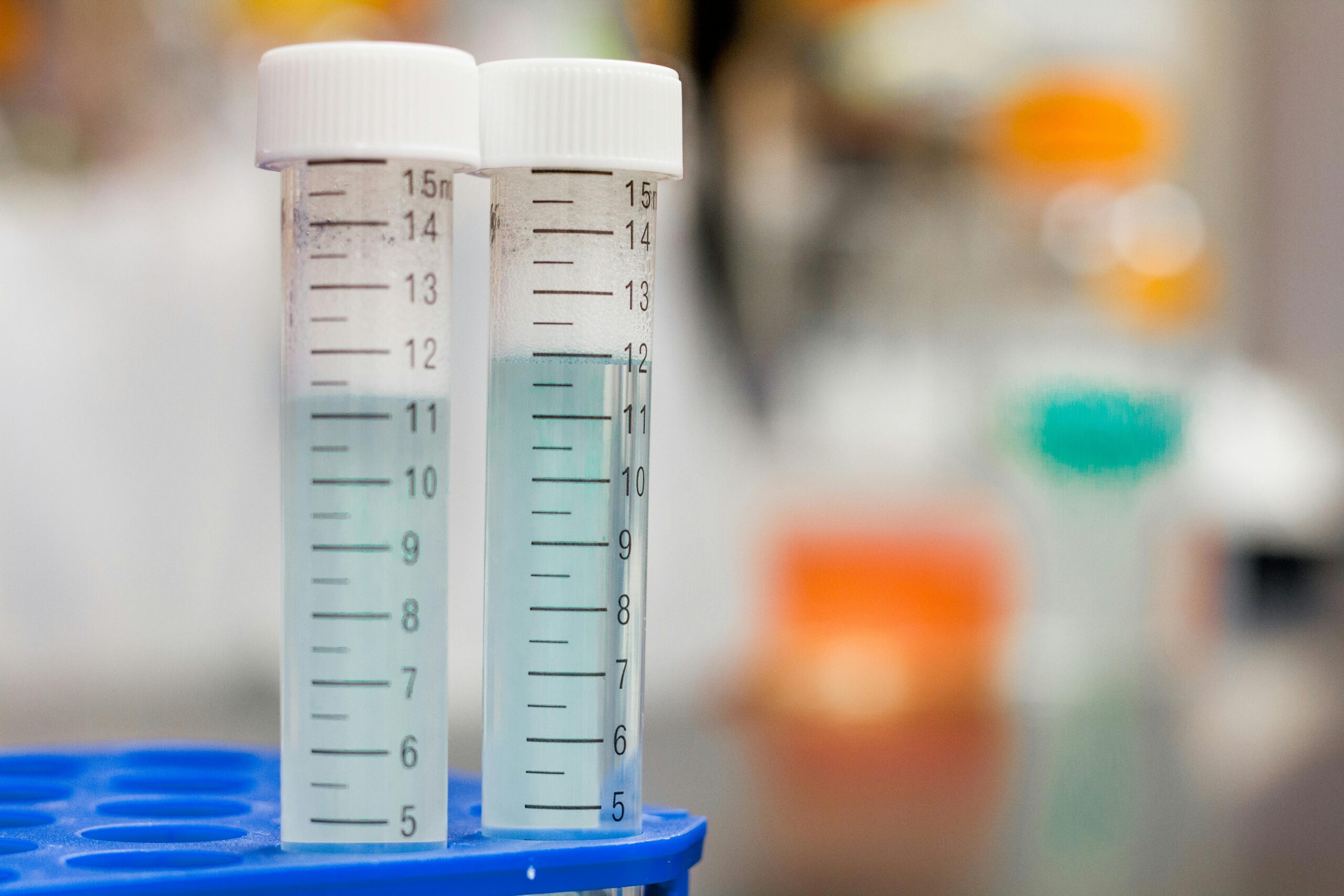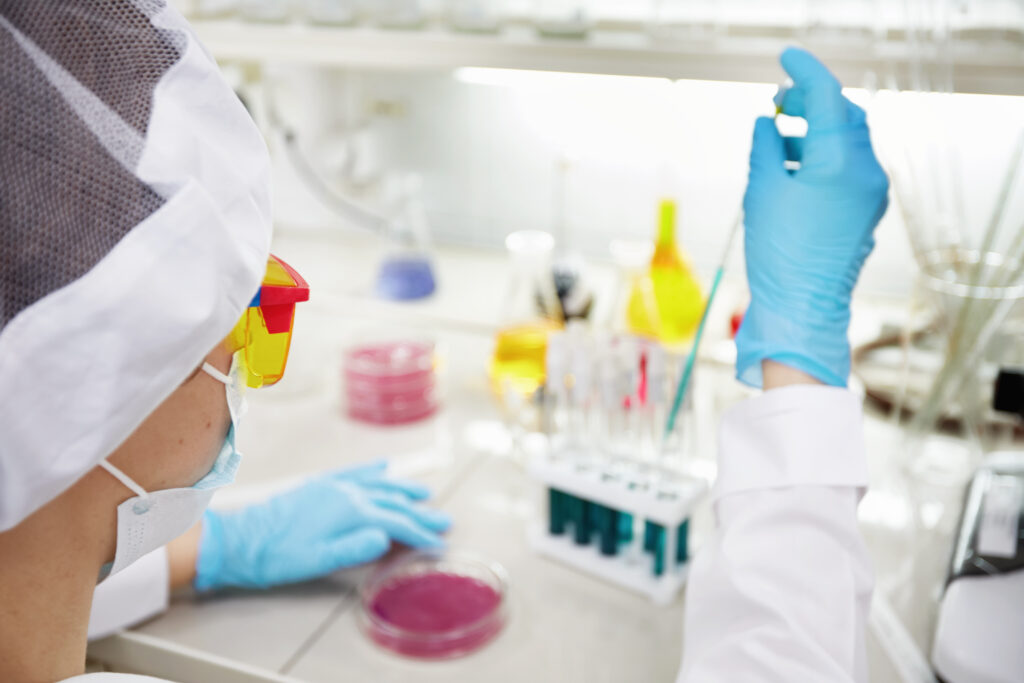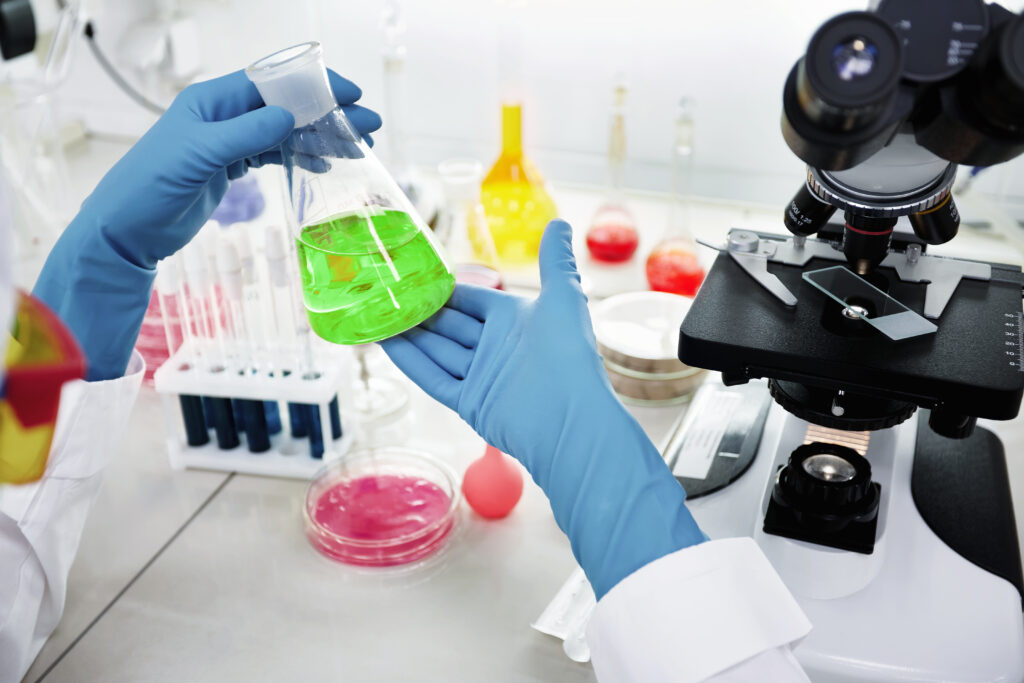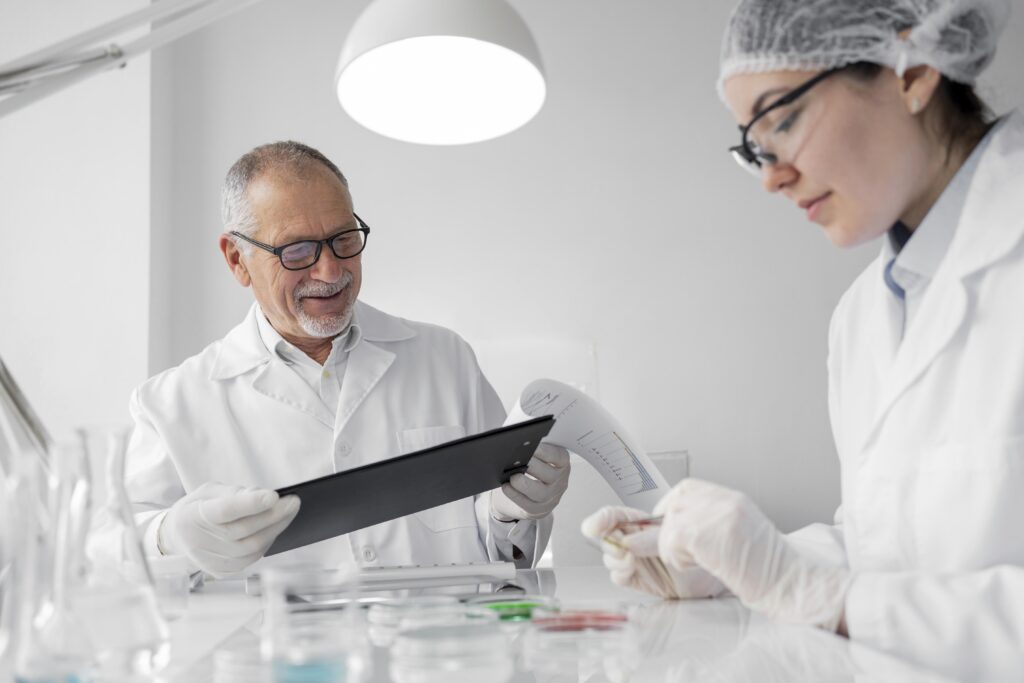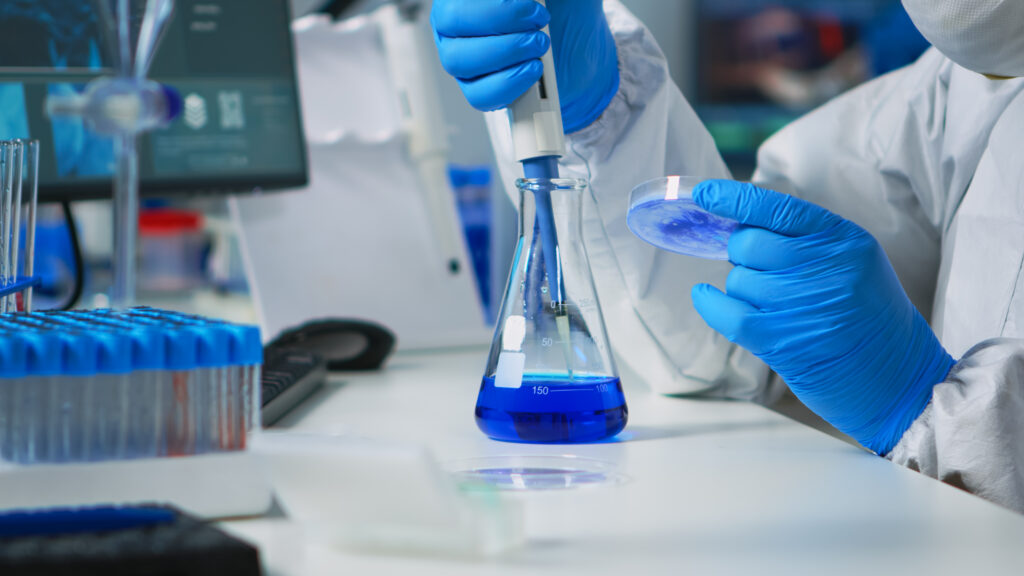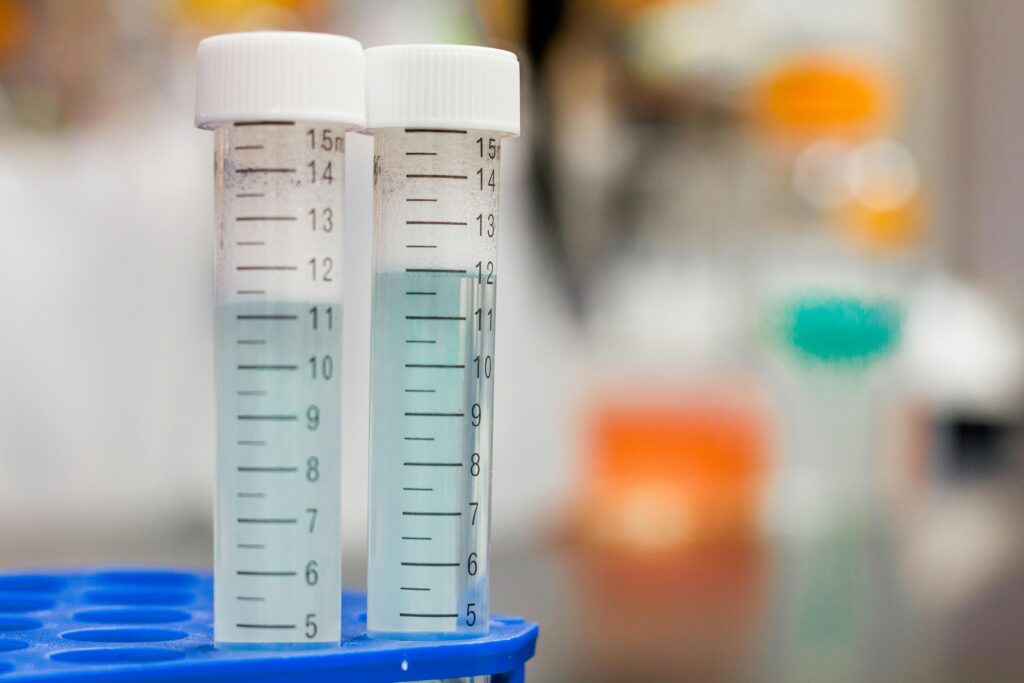In the expansive and intricate realm of food safety, one major concern is clear – making sure that the products we eat are devoid of harmful microorganisms. The risks are significant, with the possibility of foodborne illnesses and their serious impact on public health. This is where microbial analysis comes in, a vital scientific pursuit that is essential in protecting our food supply. In this blog, we delve into the captivating realm of microbial analysis, examining its deep importance in food testing and the advanced methods that support its role in ensuring the safety of our food.
The Significance of Microbial Analysis in Food Safety
The cornerstone of food safety is the thorough examination of the microscopic realm. Microbial analysis, as the name implies, entails the inspection of microorganisms – the minuscule entities that can have a substantial impact on the safety and quality of our food. The main goal is evident: to detect and measure these microorganisms in food products, distinguishing between the harmless and the potentially dangerous ones.
Foodborne illnesses, which frequently result from consuming contaminated food, present an ongoing global challenge. According to the World Health Organization (WHO), approximately 600 million people become ill and 420,000 die each year as a result of consuming contaminated food. These alarming statistics highlight the crucial need for actions to prevent, detect, and reduce the risks linked to harmful microorganisms in the food supply chain.
Microbial analysis acts as a watchful guardian against this unseen threat, enabling proactive steps to be taken before tainted products reach consumers. By comprehending the microbial environment of food items, scientists, food manufacturers, and regulatory bodies can join forces to put in place successful strategies that guarantee the safety and quality of our food molecules.
The Intricate Web of Microbial Analysis
Microbial analysis is not a one-size-fits-all approach; instead, it requires a sophisticated interplay of scientific techniques customized to the specific needs and characteristics of different food items. From fresh produce to packaged goods, each type of food requires a unique analytical strategy.
At its core, microbial analysis can be broadly categorized into two primary methods: traditional and molecular.
1. Traditional Methods:
These methods, deeply rooted in scientific history, involve cultivating microorganisms in a laboratory setting. Food samples are placed on different growth media, and under controlled conditions, the microorganisms multiply and form visible colonies. The characteristics of these colonies provide valuable insights into the types and quantities of microorganisms in the sample. Despite being traditional, this approach remains fundamental in the world of microbial analysis.
2. Molecular Methods:
Molecular techniques represent a significant shift in the field as they explore the genetic material of microorganisms. Polymerase Chain Reaction (PCR) is a prime example, as it enables the amplification and detection of specific DNA or RNA sequences that are unique to particular microorganisms. This method provides exceptional specificity and sensitivity, allowing for precise identification even at low concentrations.
Navigating the Challenges in Microbial Analysis
As we delve into the science of microbial analysis, it’s important to recognize the inherent challenges in this intricate field. The microbial environment is complex, and many factors can affect the accuracy and reliability of analysis results.
One significant challenge is the diversity of microbial communities found in foods. These foods can contain a wide variety of microorganisms, each with its unique characteristics and behaviors. Moreover, the existence of inhibitors in specific food matrices can make the analysis process more complex, necessitating researchers to use creative techniques to overcome these obstacles.
Another critical consideration is the need for rapid results. In a world where the pace of production and distribution is faster than ever, traditional methods that may take days to yield results might not be sufficient. This challenge has spurred the development of high-throughput screening methods and automated systems, enhancing the efficiency of microbial analysis.
Continuous research and development efforts are focused on tackling these challenges, fostering innovation in the field of microbial analysis, and ensuring that it keeps pace with the ever-changing nature of the food industry.
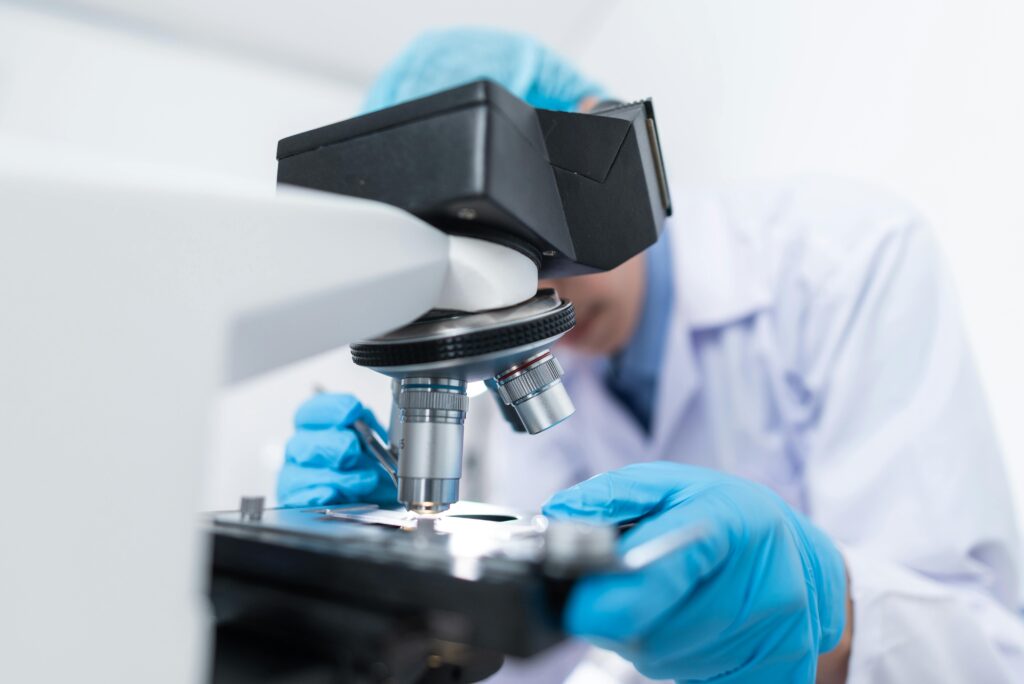
Peering into the Future: Trends in Microbial Analysis
The world of microbial analysis is constantly changing; it’s a dynamic field that evolves as technology advances.
Several trends are shaping the future of microbial analysis, offering more efficient, accurate, and comprehensive approaches to ensuring food safety.
1. Artificial Intelligence (AI) and Machine Learning Integration:
The incorporation of AI and machine learning into microbial analysis processes shows great potential. These technologies can sift through extensive datasets, recognize patterns, and make predictions, thereby greatly improving the speed and accuracy of analysis.
2. Portable and Rapid Testing Devices:
The need for quick results has driven the creation of portable testing devices that can be used on location. These devices offer instant information, enabling immediate decision-making and response to potential threats.
3. Omics Technologies:
The rise of omics technologies, including metagenomics, metatranscriptomics, and metaproteomics, provides a comprehensive perspective of microbial communities. Instead of concentrating on individual microorganisms, these methods analyze complete microbial ecosystems, offering a more thorough understanding of food matrices.
4. Blockchain Technology for Traceability:
Blockchain technology is being investigated for its potential to improve traceability in the food supply chain. By creating a clear and unchangeable record of the path of food products, blockchain can help quickly pinpoint the origin of contamination during an outbreak. Blockchain technology is being explored for its potential to enhance traceability in the food supply chain. By providing a transparent and immutable record of the journey of food products, blockchain can aid in quickly identifying the source of contamination in the event of an outbreak.
Conclusion: Navigating the Microbial Maze
In conclusion, the science of microbial analysis in food testing is a fascinating exploration of the tiny worlds that impact the safety and quality of our food. Our available tools range from traditional cultivation methods to state-of-the-art molecular techniques, and they are diverse and constantly evolving.
As we reveal the complex science of microbial analysis, it becomes clear that this field is more than just identifying pathogens. It’s a proactive effort to comprehend and control the microbial environment in our food. The combined work of scientists, food producers, and regulatory bodies is essential in navigating the microbial challenges and ensuring the safety, security, and resilience of our food supply against hidden threats. Through continuous research, technological advancements, and a dedication to strict standards, we can decipher the intricacies of microbial analysis, leading to a future where the safety of our food is not just a goal but a guarantee.

